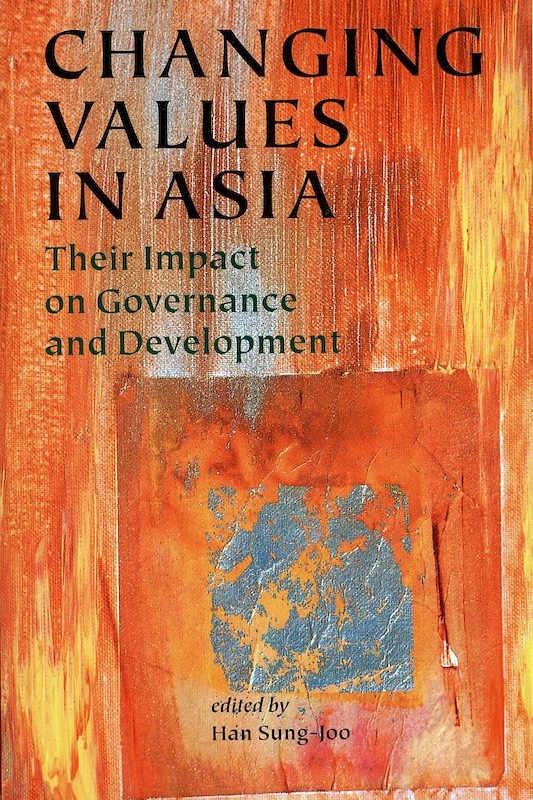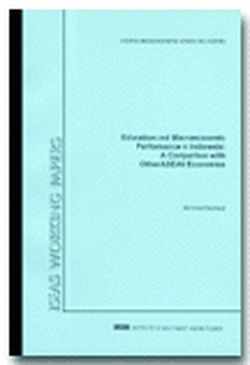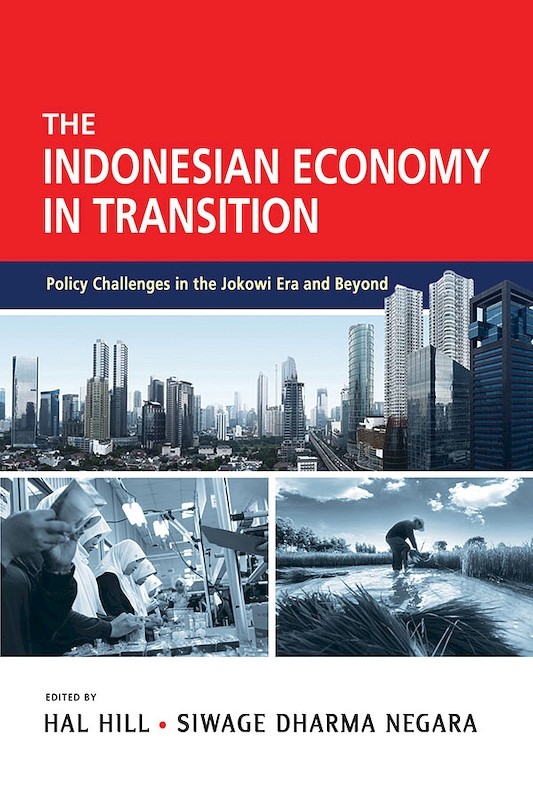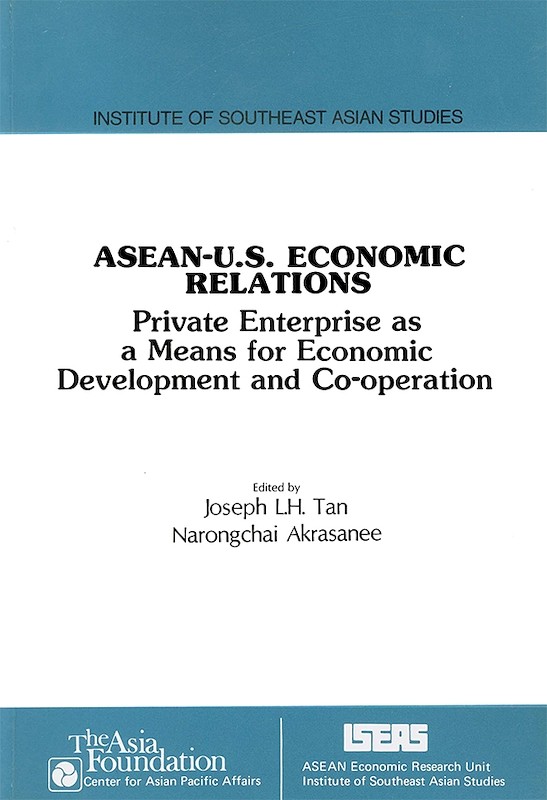How Asia Can Shape the World: From the Era of Plenty to the Era of Scarcities

Jørgen Ørstrøm Møller, author
Date of publication:
2010
Publisher:
Institute of Southeast Asian Studies
Number of pages:
540
Code:
BM422
Soft Cover
ISBN: 9789814311335
Reviews
"The global financial crisis exposed structural weaknesses embedded in the heart of the Western industrialized capitalist system which, combined with growing resource scarcities and demographic pressures, requires a wholesale rethink of how economic policy will be made in the future. This is the frame from which the author approaches his ambitious effort to explore Asia's future economic and political model. There are three challenges to the existing model: increased scarcity of natural resources, demographic pressures and growing inequality and urbanization. These barriers to growth will affect all states and regions in the world. The outgoing economic system, embraced by the West since the mid-eighteenth century, is unsustainable. The concentration of wealth in the hands of the few has left the West unable to deal with recent shocks that exposed systemic weaknesses. Accordingly, 'the fundamental issue is to shift to a new model that takes into account how falling populations and resource scarcities are now replacing the situation with rising populations and cheap resources' (11). Although Asia may be affected first and foremost, it also may have the precise tools needed to overcome these challenges. Asia has a number of assets that will allow it to stave off calamity, including its emerging ability to innovate, rising consumption, continued incentives to save, the pursuit of economic integration and the emergence of world-class corporations headquartered in Asia. The scope of the book is impressive. The author marshals a number of disciplines including economics, international relations, sociology, demography and others to assemble a comprehensive effort to forecast the future of Asia's development....The book makes an important contribution to the debate about Asia's trajectory and on that basis it will be of interest to students of Asia as well as economists, demographers and those intrigued by the tough task of future forecasting" (Pacific Affairs).
About the publication
Asia will redraw the map of economic progress over the next twenty-five years. Growth is necessary to solve economic and social problems, but harder to achieve as the age of plenty gives way to the age of scarcities. The challenge opens the doors for an Asian economic model based on shifting of productivity for the individual to groups, ecological productivity instead of economic productivity, and a reversal to traditional Asian values - less materialistic than Western values. A new paradigm for economic thinking emerges to replace the one launched in the West 200 years ago.
Contents
-
How Asia Can Shape the World: From the Era of Plenty to the Era of Scarcities
[Whole Publication, ISBN: 9789814311748] -
Preliminary pages
-
1. The Future Worldview
-
2. Future Forecasting
-
3. The Assets
-
4. Aces or Duds
-
5. Barriers to Growth
-
6. Threats
-
7. Interaction
- APPENDICES
-
Appendix 1: Perceptions of Asia and Its Future from 1945 to 2008
-
Appendix 2: Wild Cards
-
Index






